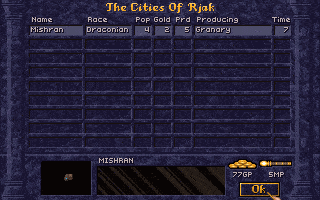


PI planning delivers many business benefits, including: PI Planning takes two days, although the ART can extend this timebox to accommodate planning across multiple time zones. Holding the event during the IP iteration avoids affecting the scheduling or capacity of other iterations in the PI. Facilitated by the Release Train Engineer (RTE), this event includes all members of the ART and occurs within the Innovation and Planning (IP) Iteration. PI Planning has a standard agenda that includes a presentation of business context and vision, followed by team planning breakouts-where the teams create their Iteration plans and objectives for the upcoming PI. Remote teams are planning at the same time using video conferencing. The advanced topic article, Distributed PI Planning with SAFe, provides additional guidance and considerations for successfully managing these scenarios.įigure 1. Indeed many ARTs have been flourishing in creating a hybrid situation where several teams join remotely, as shown below in Figure 1. Real-time, concurrent, virtual, face-to-face planning has now proven effective when physical presence is not possible.

While physical face-to-face planning has benefits, the unwritten SAFe ‘rule’ is that the people who do the work plan the work. It may not always be practical for the entire Agile Release Train (ART) to collocate however, in our current times, COVID-19 has created a situation where this isn’t an option. They have clearly shown real financial ROI, not to mention the intangibles that happen when the team of Agile teams creates a social construct that is personally and collectively rewarding. Where possible, everyone is face-to-face (virtually or physically), and these large-scale PI planning events now occur within many enterprises worldwide. The Agile Manifesto states, “The most efficient and effective method of conveying information to and within a development team is a face-to-face conversation.” SAFe takes this to the next level with PI planning.


 0 kommentar(er)
0 kommentar(er)
